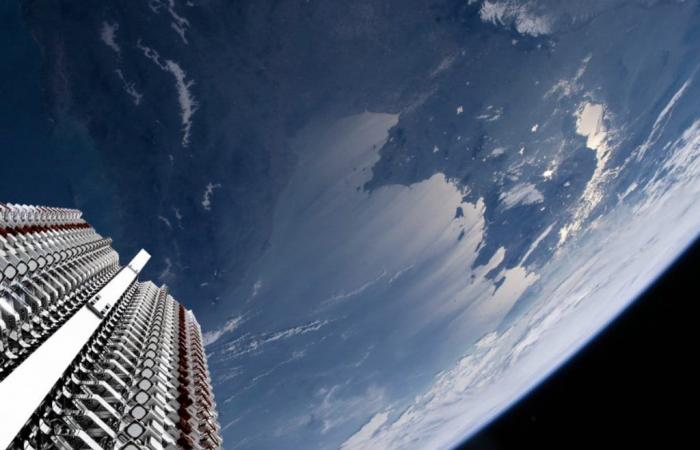In recent years, Elon Musk has become a figure in the conquest of space with his armies of Starlink satellites? But behind the innovative and practical image of this orbital ISP lie significant climate issues, as a new study reveals.
Is the ozone layer in danger again? While this climate concern seemed to have taken on less importance in recent decades, it turns out that the earth’s protective layer is still being attacked by human activities, and not just any activities: the exploitation of satellite constellations in particular. .
A study published in the journal American Geophysical Union and unearthed by the site WinFuture explains to us that the massive use of satellite constellations would damage the ozone layer. Beyond the resources necessary for the construction and launch of these satellites, it is their end of life which would also put the planet in danger.
The atmosphere under pressure
During the “return” of these satellites to Earth, the disintegration of the satellites in the atmosphere generates alumina particles (or aluminum oxide) which attack the ozone layer. “ The killing of a single 250 kg satellite can generate 30 kg of alumina particles which will stagnate for decades in the atmosphere. », Notes the study carried out by scientists from the University of Southern California. “ Megaconstellation re-entry scenarios raise fears of emitting more than 360 tonnes of aluminum oxide compounds per year, which can lead to significant depletion of the ozone layer», explain the authors.
If the problem was manageable a few years ago, the massive presence of these “mega-constellations”, especially embodied in recent years by the Starlink satellites, makes the climatic danger of these aerosols very palpable. Of the 8,100 objects present in low Earth orbit, 6,000 or so are Starlink satellites. And Elon Musk’s company is just the tip of the iceberg. A study published in the journal Science in 2023 estimated that Earth’s orbit would soon be able to accommodate nearly a million satellites.
A growing carbon footprint
The exponential growth of these mini-moons could therefore quickly pose a problem for the ozone layer, but also for other climatic variables. Taking into account the construction, launch and infrastructure necessary for the development of satellites, the carbon footprint of these satellite constellations intended to cover the planet with access to the web is “ 30 times higher than land mobile infrastructure » notes Irénée Régnauld, author of the bookA history of the conquest of space. Reduced to individual use, the CO2 equivalents would be “31 to 91 times better than a worst-case mobile network for Starlink» explains the author.
As recalled byShift Projectin a file published in March 2024, “each satellite must be replaced every 5 to 10 years depending on the cases studied“. The first Starlink satellites were launched around 5 years ago, so the problem is not close to being resolved.






